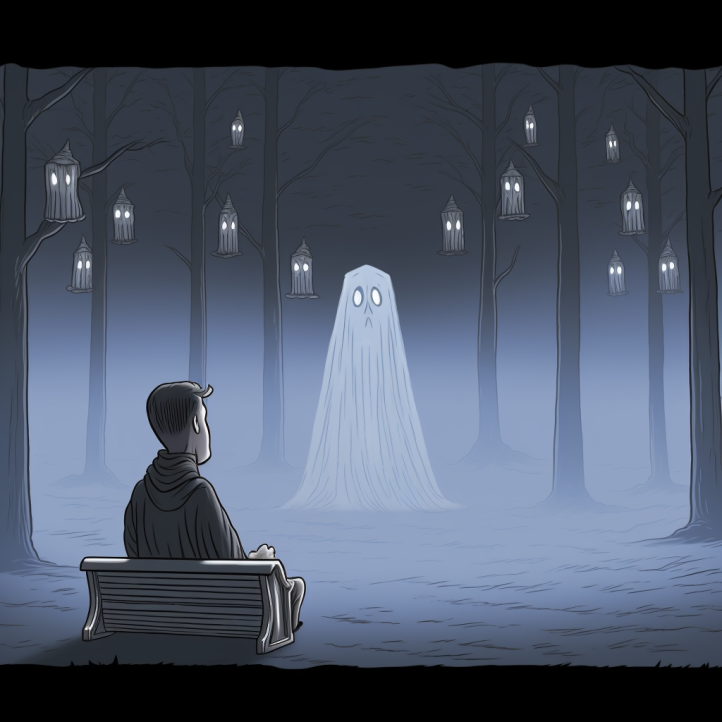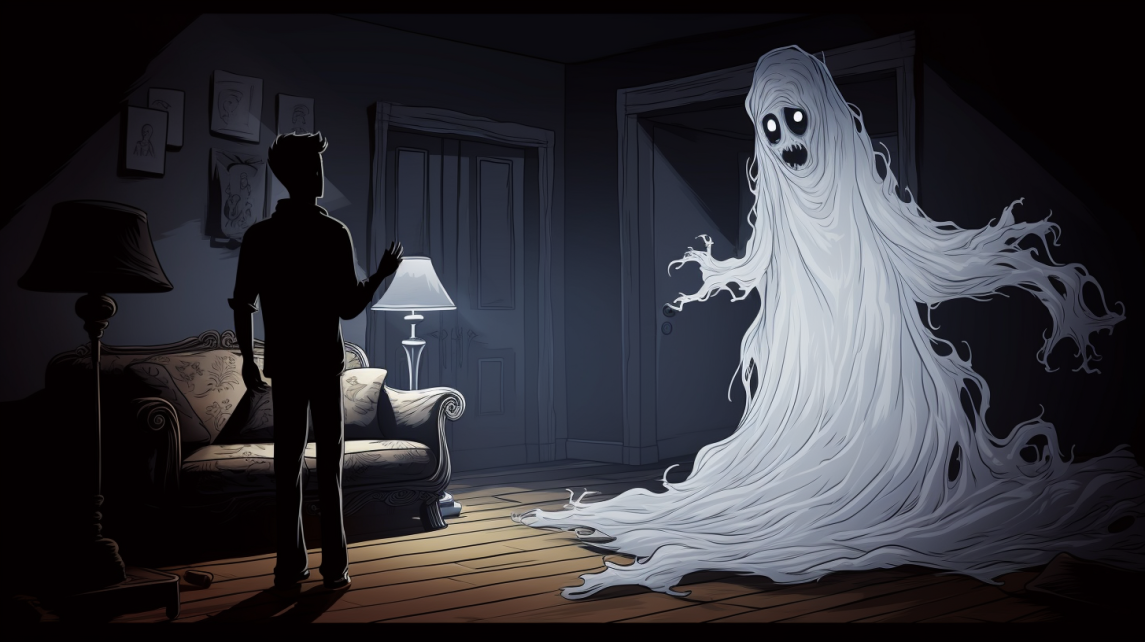Psychotic-like experiences (PLEs) such as hallucinations and delusional thinking occur along a continuum, with some people experiencing them without distress or mental illness while others develop full-blown psychotic disorders.
A new study examined whether proneness to PLEs varies between individuals with different belief systems, specifically religious versus paranormal beliefs.
Key Facts:
- Individuals with paranormal beliefs reported almost twice as many PLEs as religious individuals and scientific skeptics.
- No differences in PLEs were found between religious believers and scientific skeptics.
- Paranormal believers showed higher rates of perceptual abnormalities and unusual thought content on a PLE questionnaire.
- No differences emerged in distress associated with PLEs between groups.
Source: BMC Psychiatry 2023
Psychotic Disorders and the Psychosis Continuum
Psychotic disorders like schizophrenia are characterized by symptoms like hallucinations, delusions, disorganized thinking and behavior.
These overt manifestations are now thought to exist on a continuum, with milder or attenuated versions existing below the threshold for diagnosis.
Referred to as psychotic-like experiences (PLEs), these subclinical phenomena involve mild forms of delusions, perceptual abnormalities and other schizotypic traits.
PLEs are quite common, occurring in around 5-10% of the general population.
While PLEs increase the risk of developing a psychotic disorder, most people with these attenuated symptoms don’t progress to full psychosis.
PLEs also accompany other mental disorders like depression and anxiety. Their exact significance remains unclear.
Paranormal Beliefs as an Extended Psychosis Phenotype
Some researchers propose that paranormal beliefs may represent part of an extended psychosis phenotype.
Surveys show people who believe in paranormal phenomena like astrology, witchcraft, ESP, and spiritualism tend to have higher rates of PLEs.
Cognitively, paranormal believers show a bias towards detecting meaning and agency where it doesn’t exist. This resembles the pattern seen in psychotic disorders like schizophrenia.
However, it’s unknown whether paranormal beliefs are linked to distress, impaired functioning, and other psychopathology like true psychotic symptoms.
Believers don’t necessarily consider their unusual perceptions and ideas distressing or ego-dystonic.
Psychotic-Like Experiences vs. Beliefs (Paranormal, Religious, Skeptics)
This study aimed to compare rates of PLEs between paranormal believers, conventional religious believers, and skeptical scientific thinkers.
The researchers hypothesized that paranormal believers would report the highest levels of PLEs compared to the other two more socially normative groups.
The study included 159 adults divided into 3 groups:
- 41 religious believers (Christians)
- 43 paranormal believers
- 75 scientific skeptics
Participants completed the 16-item Prodromal Questionnaire (PQ-16) assessing perceptual abnormalities, delusional ideas, and other PLEs.
Higher PLEs Among Paranormal Believers

As expected, paranormal believers reported significantly more PLEs than both religious believers and scientific skeptics.
On average, they endorsed almost twice as many items on the PLE questionnaire.
No differences emerged between religious believers and skeptics, who reported similar rates of PLEs.
Paranormal believers showed elevations on 9 out of 16 items assessing perceptual abnormalities, ideas of reference, and paranoid thoughts.
They were particularly likely to report hearing, seeing, or sensing things others couldn’t perceive.
PLE Subtypes and Associated Distress
Past research indicates magical thinking and paranormal beliefs correlate weakly with distress, unlike delusions and hallucinations.
However, this study found no differences between groups in distress linked to reported PLEs.
This raises questions about whether paranormal believers’ elevated PLEs are clinically significant or simply accepted within their social context.
More research is needed on specific PLE subtypes, associated distress, and other symptoms.
PLEs Across the Psychosis Spectrum
These findings demonstrate PLEs are not simply linked to any belief in the supernatural, but occur more frequently among certain subgroups.
Paranormal believers reported more PLEs than both religious believers and skeptics endorsing science over paranormal claims.
This highlights how PLE expression varies according to different sets of socially legitimate beliefs and cultural norms.
It also underscores the spectrum-like nature of psychosis, with idiosyncratic experiences being common and meaningful for some subgroups.
For many believers, paranormal perceptions may represent accepted aspects of reality not associated with distress.
However, research suggests they can accompany other mental health issues like anxiety disorders.
Future studies should further examine factors that determine whether PLEs remain benign versus progressing to need for care and impairment characteristic of clinical psychosis.
In-depth clinical interviews and longitudinal tracking of subgroups like paranormal believers across time can help clarify if and when PLEs become problematic.
Overall, these findings reveal psychotic-like phenomena are nuanced experiences that manifest diversely across individuals, subcultures, and settings.
While paranormal beliefs may constitute part of an extended psychosis phenotype, the meaning and impact of associated perceptual abnormalities depends greatly on context.
References
- Study: Psychotic-like experiences in non-clinical subgroups with and without specific beliefs
- Authors: B. Hinterbuchinger et al. (2023)







